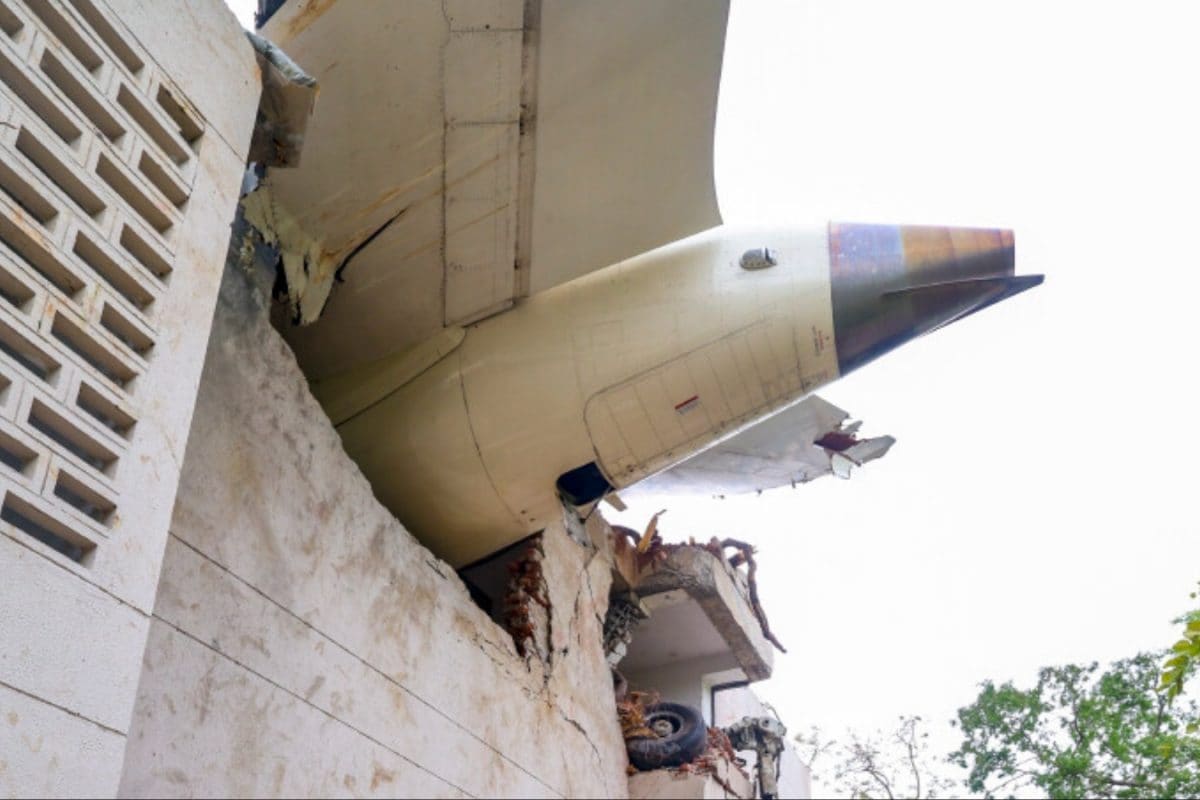

The investigation into the tragic crash of Air India Flight 171 on June 12, 2025, is now focusing on the possible role of the engine fuel control switches. The flight, a Boeing 787 Dreamliner bound for London's Gatwick Airport, crashed shortly after takeoff from Ahmedabad, India, resulting in the deaths of 241 of the 242 passengers and crew, as well as 19 people on the ground.
Investigators are analyzing data from the aircraft's flight data and voice recorders to determine if the fuel control switches were improperly manipulated. These switches control the fuel supply to the engines, and moving them from the "RUN" to "CUTOFF" position during flight would cause an immediate engine shutdown and loss of thrust. This would also halt the electrical generators, impacting the aircraft's systems and cockpit displays. The switches are typically only used on the ground during engine start and shutdown, or in emergency situations requiring an engine to be manually shut down or restarted.
The location of the fuel control switches, underneath the jet's throttle handles, includes brackets on either side designed to prevent accidental movement. U.S. aviation safety expert John Cox emphasized that the switches are designed to resist accidental activation. "You can't bump them and they move," he stated.
The Boeing 787 is equipped with a fly-by-wire system that should automatically compensate for any thrust imbalance between the engines. Additionally, in the event of an engine fire, the fuel control switch for the affected engine would illuminate in red, providing a visual cue to the crew.
However, preliminary findings have not indicated any mechanical failure or design flaw in the engines or the aircraft. No operational bulletins or warnings have been issued to other 787 operators, and there is no evidence of fuel contamination or improper flap settings. This has led investigators to focus on the possibility of human error or intentional action involving the fuel control switches.
The Air Current first reported that the investigation had narrowed its focus to the fuel switches. Reuters, quoting sources familiar with the investigation, indicated that a preliminary report is expected soon. One source noted that the focus is on the position and movement of the engine fuel switches, based on flight data, cockpit voice recordings, and simulations conducted by Boeing.
The crash of Air India Flight 171 occurred just 32 seconds after takeoff, with the aircraft reaching an altitude of only 650 feet before crashing. The accident presents a challenge to Air India's efforts to restore its reputation. Indian lawmakers are expected to review aviation safety in light of the crash. India is also allowing a UN aviation investigator observer status.